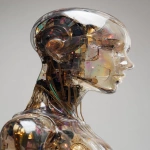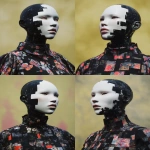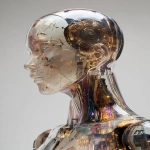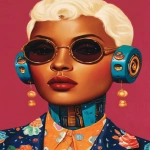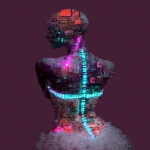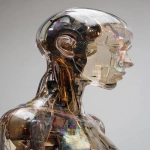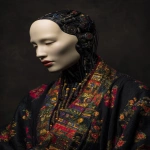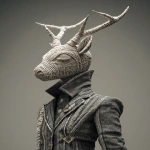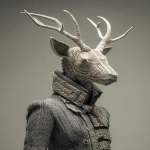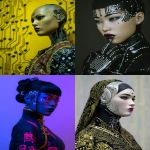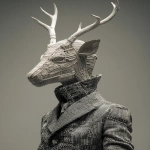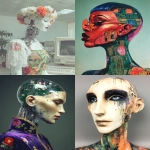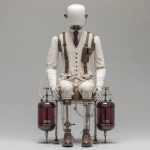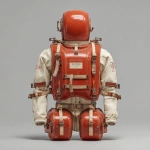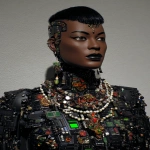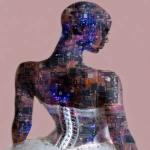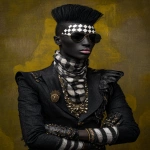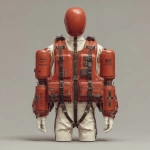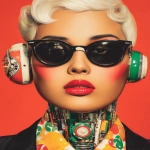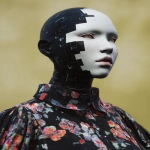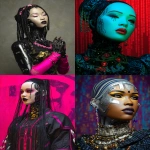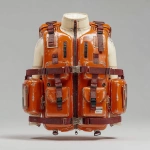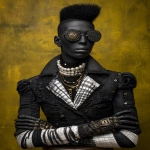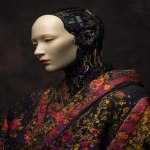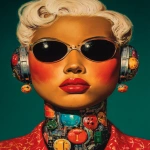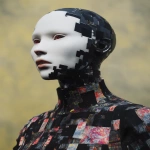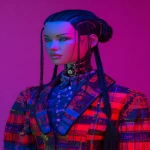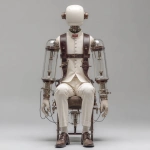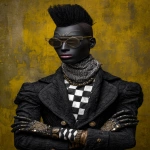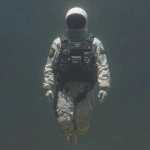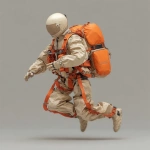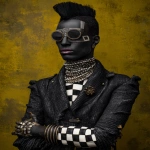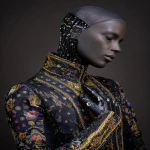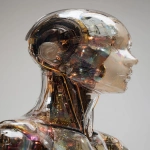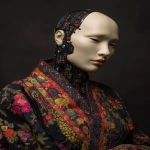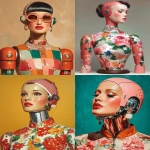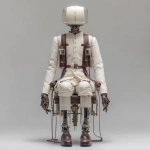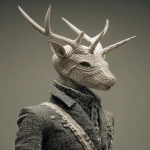Explore the Best AI Image Gallery
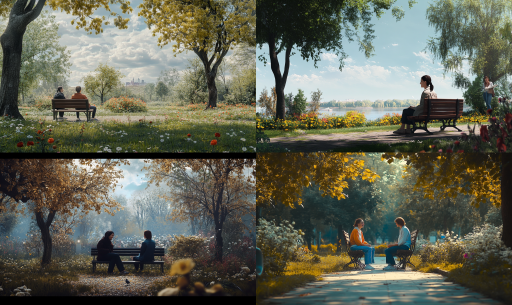
In the Eyes of the Machine: Exploring AI-Driven Visual Experiences
Artificial Intelligence (AI) has been a game-changing force across diverse industries and the creative field is no exception. As AI continues to evolve, it sheds revolutionary light on visual technology, fostering captivating experiences for both creators and audiences. In this post, we navigate the fascinating landscape of AI-driven visual experiences.
AI: The New Brush in the Artist's Palette
AI has traversed the realm of creative arts, evolving as a dynamic tool for artists. From AI-powered image recognition systems to augmented reality applications, artificial intelligence has expanded creative boundaries and redefined artistic horizons.
AI empowers designers and artists to explore new visual aesthetics, manipulate graphics in groundbreaking ways, and even generate novel artwork autonomously. Innovative technologies such as Generative Adversarial Networks (GANs) or style transfer algorithms exemplify the transformative scope of AI in visual arts.
The Influence on Marketing and Brand Imaging
The marketing industry too has tapped into the power of AI to create striking visuals that hone audience engagement. Advertisements enriched with AI-driven immersive experiences like virtual reality or realistic 3D images capture audience attention more effectively, setting new standards for brand imaging.
Ethical Implications
While AI-enhanced visual experiences offer vast creative possibilities, they also raise certain ethical concerns. The power to create hyper-realistic fake images or videos, famously known as deepfakes, can be misused for spreading false information or impersonating individuals. Therefore, it is crucial to establish ethical guidelines for AI use in visual creativity.
Future Trends
Looking forward, AI-driven visual experiences promise exciting prospects. Future trends might include the rise of autonomous AI artists and more advanced VR experiences, further blurring the line between reality and computer-generated imagery. Additionally, we can expect to see more AI tools designed to support human creativity, fostering a collaborative fusion of human intuition and machine intelligence.
Despite potential ethical challenges, the transformative impact of AI on visual experiences is undeniable. As we propel into the future, a dynamic blend of creativity and technology awaits, plunging us deeper into the mesmerizing world of AI-driven visual experiences.
